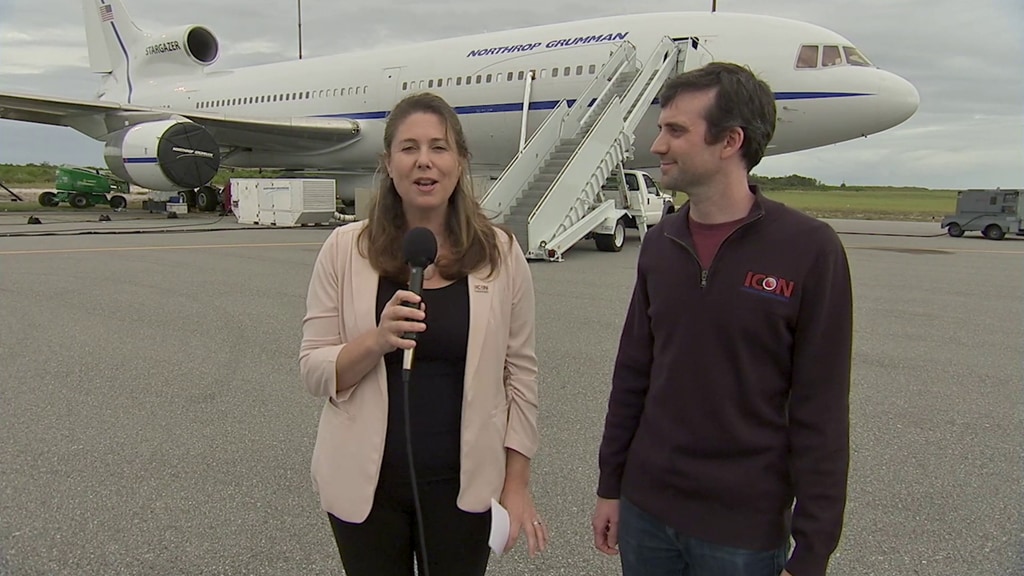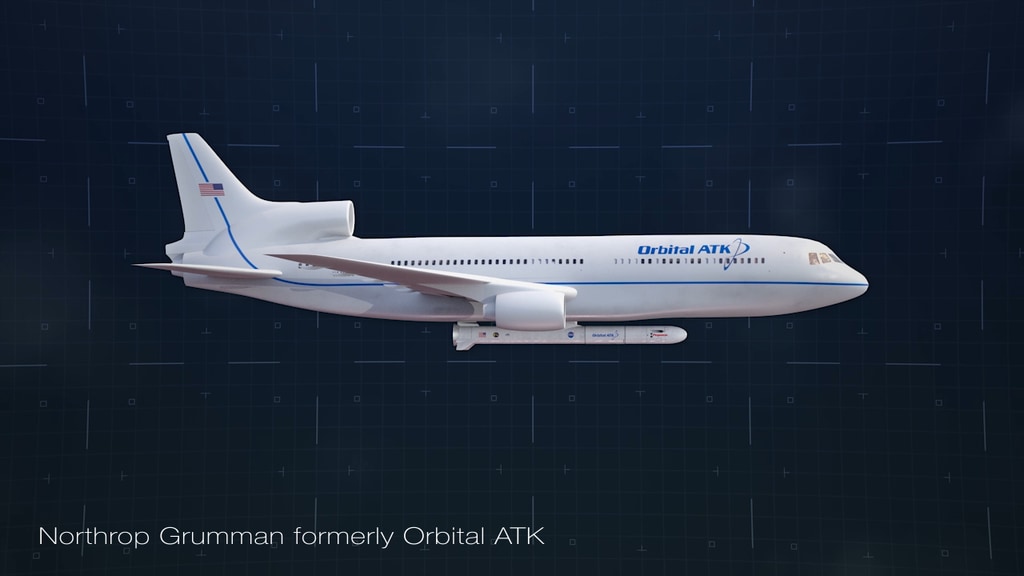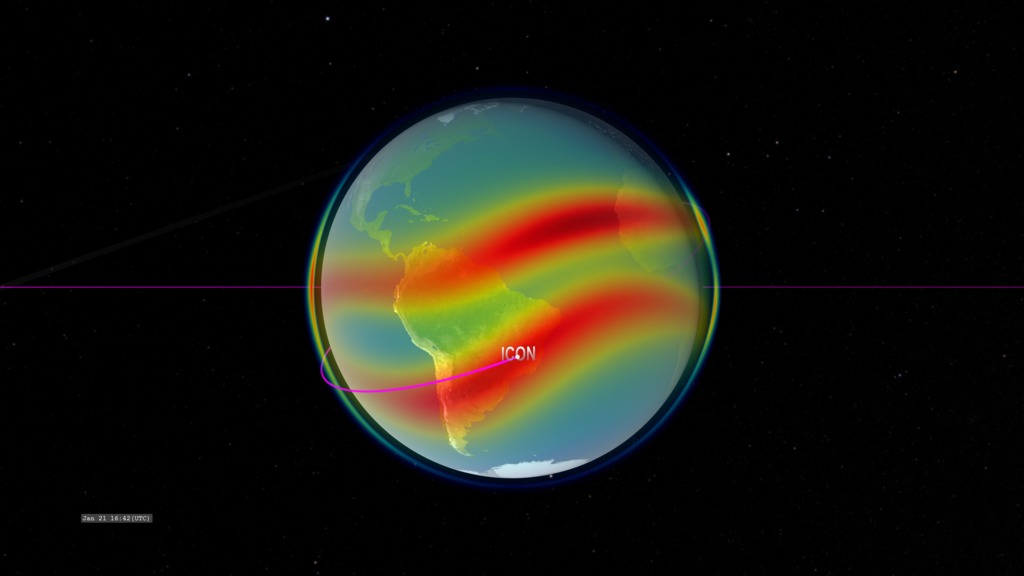Launching an ICON

The Ionospheric Connection Explorer will explore the mysteries of where Earth meets space.
Like Earth, space has weather. Except instead of swirling winds and downpours of precipitation, space weather is defined by shifting electric and magnetic fields and rains of charged particles. At the very beginning of space, starting just 60 miles above Earth’s surface and extending up about 300 miles more, a region of the atmosphere, called the ionosphere, shifts and changes in concert with both types of weather. The ionosphere is a part of Earth’s atmosphere where particles have been cooked into a sea of electrically charged electrons and ions by the Sun’s radiation. The ionosphere commingles with the very highest — and quite thin — layers of Earth’s neutral upper atmosphere. As a result, this region is constantly in flux, undergoing the push-and-pull between Earth’s conditions and those in space. NASA's Ionospheric Connection Explorer, or ICON, will enter Earth orbit in this transition region, which is home to astronauts and radio signals used to guide airplanes and ships, as well as satellites that provide our communications and GPS systems. ICON concentrates on how charged and neutral gases in the upper atmosphere behave and interact. Understanding the fundamental processes that govern their interactions is crucial to improve situational awareness that helps protect astronauts, spacecraft and the technology upon which our modern society relies. Watch the video to learn more.
Learn about ICON's mission to investigate the upper reaches of our atmosphere where Earth weather meets space weather.

350 miles above the surface, ICON observes the dynamic region where Earth's neutral atmosphere meets charged particles of the ionosphere.

ICON studies airglow, shining bands of green, red and ultraviolet light emitted when upper atmosphere gases are excited by solar radiation.

ICON data, together with geostationary observations from NASA’s GOLD mission, provide a comprehensive picture of the ionosphere.

ICON joins a fleet of NASA satellites that study the Sun's effects on Earth.
For More Information
See NASA.gov
Credits
Please give credit for this item to:
NASA's Scientific Visualization Studio
Airglow image credit: NASA/JSC/ESRS
-
Animators
- Mary P. Hrybyk-Keith (TRAX International)
- Tom Bridgman (Global Science and Technology, Inc.)
-
Producer
- Genna Duberstein (USRA)
-
Scientists
- Tom Immel (SSL Berkeley)
- Douglas E. Rowland (NASA/GSFC)
- Sarah L. Jones (NASA/GSFC)
-
Writer
- Micheala Sosby (NASA/GSFC)
Release date
This page was originally published on Tuesday, October 16, 2018.
This page was last updated on Wednesday, May 3, 2023 at 1:46 PM EDT.





